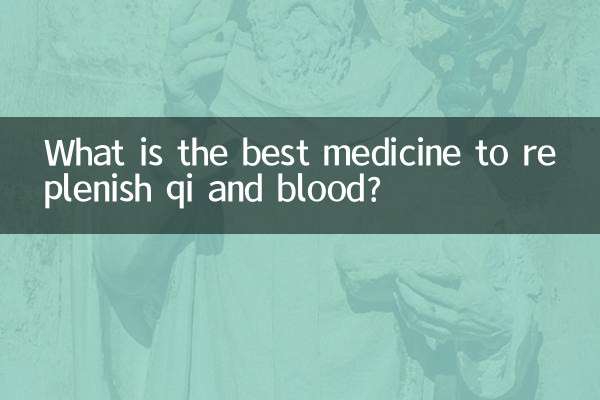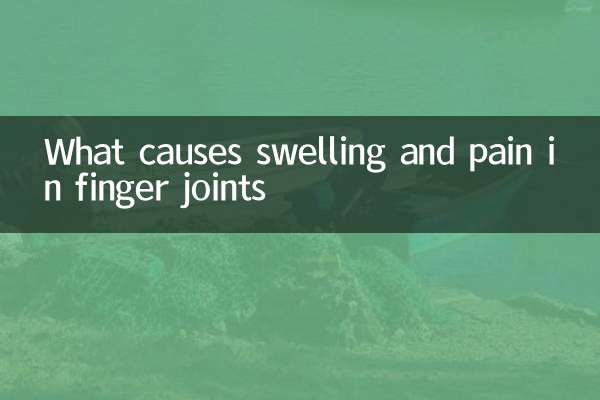What should men with breast hyperplasia not eat?
Gynecomastia (also known as gynecomastia) is a common male breast disease, mainly characterized by abnormal proliferation of breast tissue. In addition to drug treatment and surgery, dietary conditioning is also an important part of controlling the disease. The following are the dietary taboos and related hot topics for male breast hyperplasia that have been hotly discussed on the Internet in the past 10 days. They are compiled into structured data based on medical advice for reference.
1. Foods to avoid for male breast hyperplasia

| food category | Specific examples | Cause of harm |
|---|---|---|
| High estrogen foods | Soy products (soy milk, tofu), royal jelly, animal offal | Contains phytoestrogens or endogenous hormones, which may stimulate breast hyperplasia |
| high fat food | Fried foods, fatty meats, cream products | Promote estrogen synthesis and aggravate endocrine disorders |
| alcoholic beverages | Beer, liquor, alcoholic beverages | Affects liver metabolic function, leading to accumulation of estrogen |
| Caffeine drinks | Coffee, strong tea, energy drinks | May irritate breast tissue and aggravate swelling and pain |
| spicy food | Chili pepper, Sichuan peppercorns, mustard | May trigger an inflammatory reaction, which is not conducive to disease control |
2. Recently hot topics discussed on the Internet
1."Soy milk causes cancer" rumor revives: Experts clarify that moderate amounts of soy products will not directly cause breast hyperplasia, but diagnosed patients should control their intake.
2.Bodybuilding supplement risks: Some hormone-containing muscle-building protein powders have been exposed as potentially inducing male breast development, arousing concern among fitness crowd.
3.Takeaway food hazards: Data show that there is a correlation between a high-fat, high-salt takeaway diet and younger age of breast disease.
3. Recommend alternative diet plans
| Recommended categories | specific food | Benefit description |
|---|---|---|
| Cruciferous vegetables | Broccoli, cabbage, kale | Contains indole-3-carbinol to help metabolize excess estrogen |
| high fiber foods | Oats, brown rice, whole wheat bread | Promote intestinal peristalsis and help eliminate hormones from the body |
| high quality protein | Chicken breast, fish, eggs | Provides essential amino acids to avoid muscle loss |
| anti-inflammatory foods | Deep-sea fish, nuts, olive oil | Rich in omega-3 fatty acids, reduce inflammation |
4. Precautions
1. Individual differences: Food sensitivity varies from person to person. It is recommended to keep a food diary to observe body reactions.
2. Comprehensive conditioning: The effect of simple diet control is limited, and it needs to be combined with moderate exercise (3-5 times of aerobic exercise per week) and regular work and rest.
3. Medical monitoring: Regular review of hormone levels and breast ultrasound, and drug treatment should be considered for severe hyperplasia.
4. Psychological adjustment: Avoid anxiety caused by the disease and maintain a good attitude to help recovery.
5. Latest research trends
In December 2023, the "Men's Health Journal" pointed out that zinc deficiency may be related to male breast hyperplasia, and it is recommended to supplement zinc-rich foods such as oysters and beef in an appropriate amount. At the same time, low vitamin D levels have also been found to be associated with disease progression.
Note: The content of this article is based on the recommendations of the nutrition department of a tertiary hospital and recent authoritative popular science on the Internet. Please follow your doctor's advice for specific dietary plans.

check the details

check the details